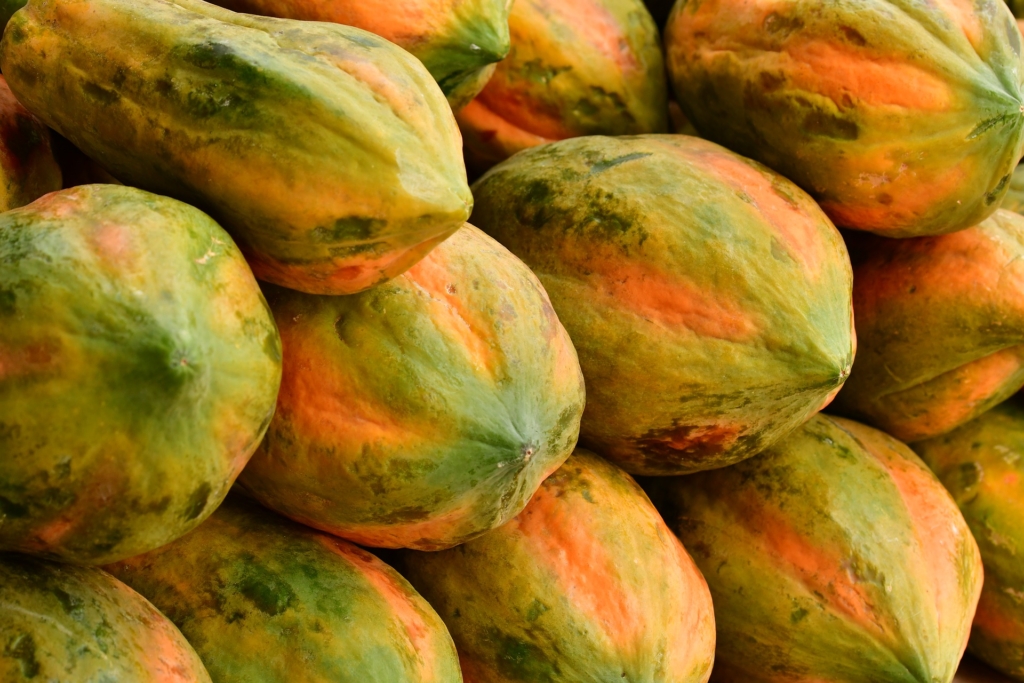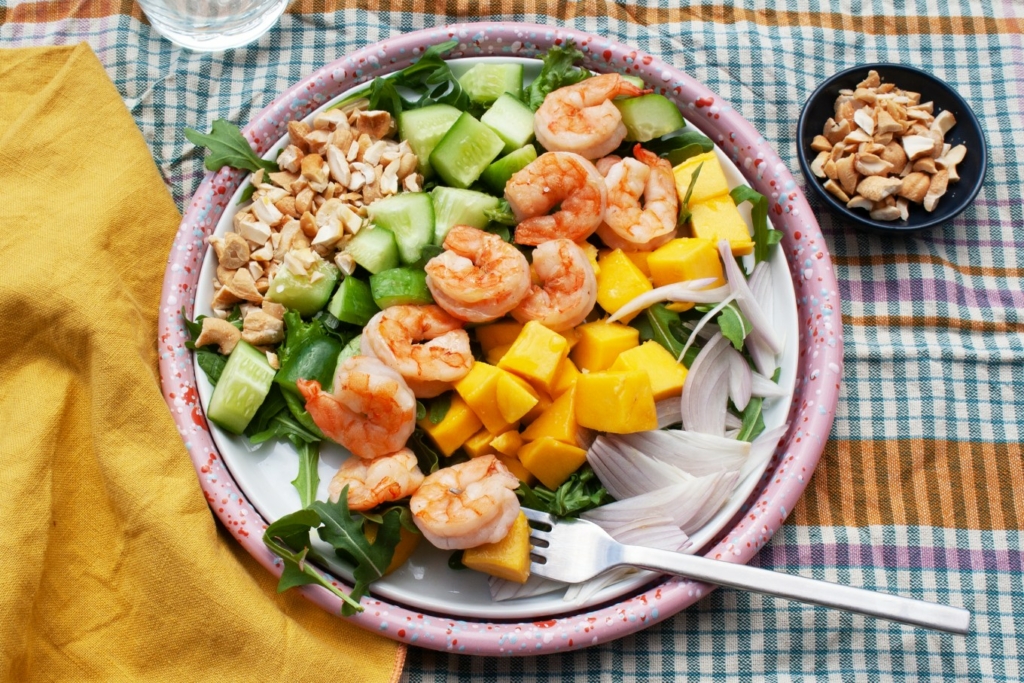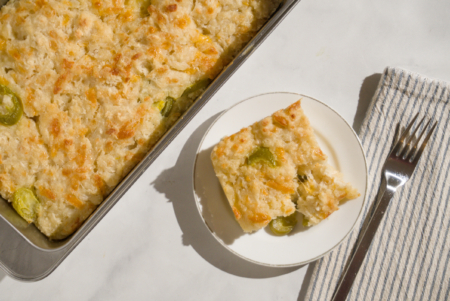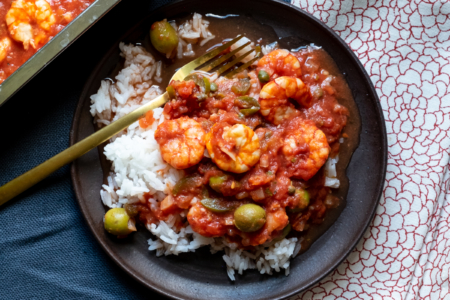Whether eaten cooked or raw, this long and vibrant fruit is enjoyed in cuisines all over the world. In countries like Thailand, unripe raw papaya is used in salads for crunch alongside fresh green beans and spicy chilies. In Mexico, ripe papaya is added to salsas for a sweet bit of relief against the heat. This versatile fruit even contains an enzyme called papain which breaks down collagen and can be used to tenderize meat. Shake up your weekly meal plan and experiment with different types and preparations of papaya in your favorite dishes. Look for it at your local international market or health food grocery store.
Flavor and Texture of Papaya
The flavor of papaya tastes similar to a melon and gets sweeter as it ripens. When shopping for the perfect papaya, look for a blemish free and slightly firm fruit with bright yellow skin. Green in the skin indicates the fruit is young and still needs more time, whereas a soft texture means the fruit is overripe. In addition to the bright orange flesh inside the skin, the seeds are also edible and can be used as a substitute for peppercorns when dried and ground.

Storage and Usage of Papaya
Keep a watchful eye on papaya after bringing it home from the grocery store as it’s best enjoyed at the peak of ripeness. Store this fruit in a brown paper bag to speed up the ripening process or store the papaya in the refrigerator once ripe to slow it down and eat within three days. If left too long after its peak, the fruit will become an undesirable soft and potentially mushy texture. To extend the shelf life to about ten months, peel the skin, cut the papaya into slices or cubes, and store in the freezer.

Give papaya a go by substituting it in our Tropical Shrimp Salad for a bright and zesty meal to power you throughout the day. Add a colorful addition to our Steak Lettuce Wraps by adding some thin strips of papaya to the wrap. Or go the more adventurous route and create your own show stopping ricotta cheesecake using papaya puree.
Feature Image: Steve Buissinne from Pixabay



